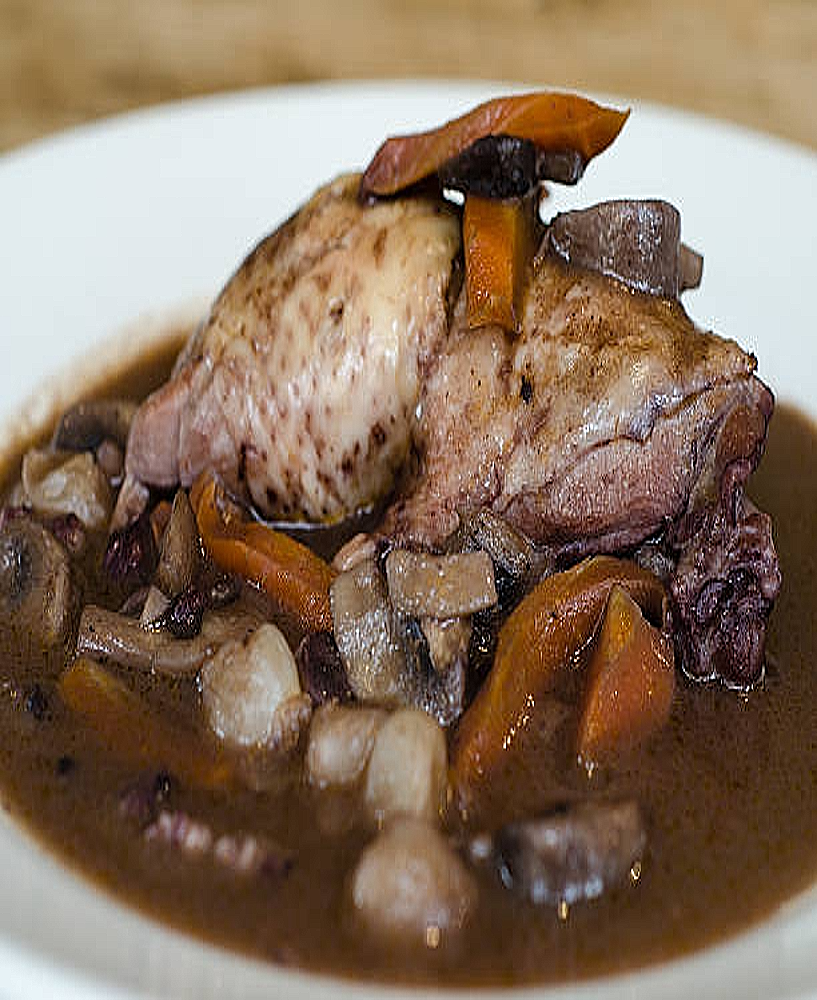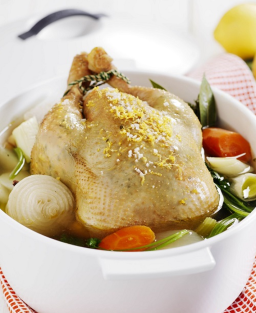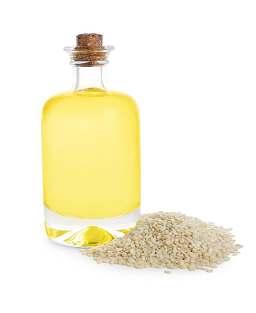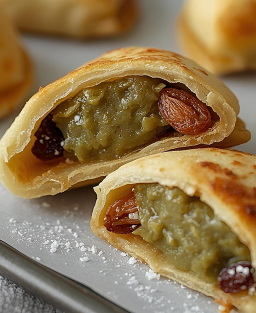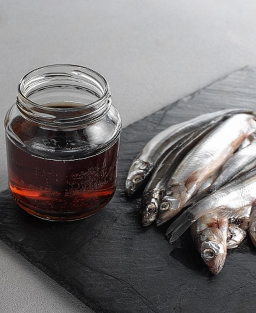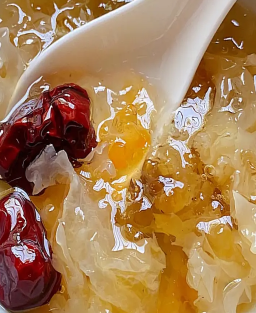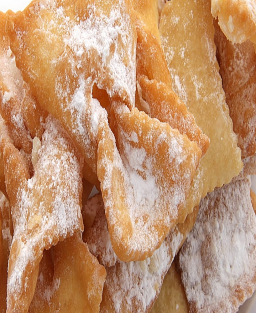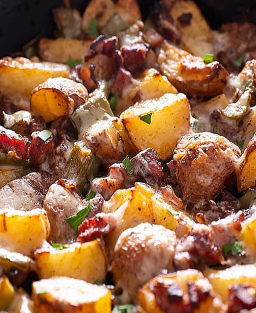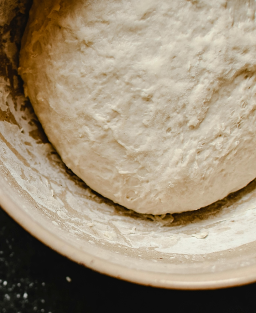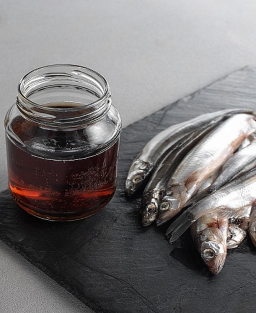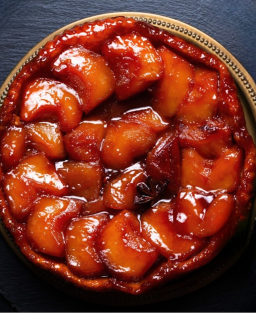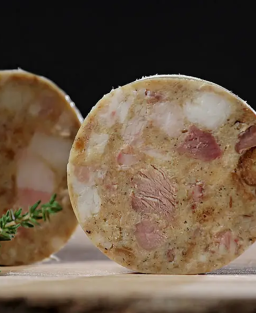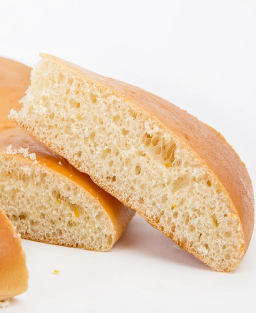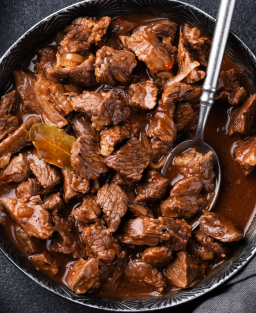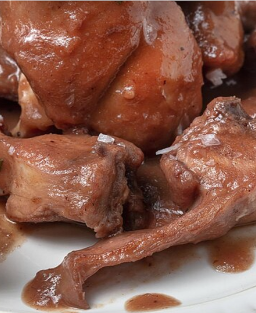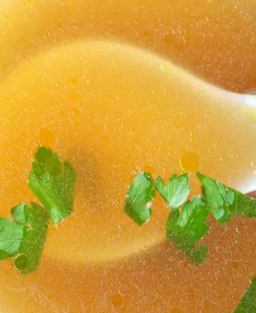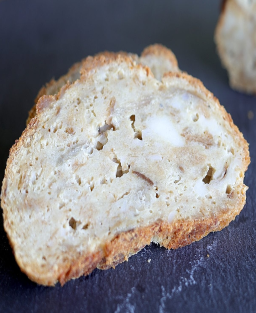Traditional Old-Fashioned Pheasant Salmis – Heritage of French Game Cuisine
Traditional Old-Fashioned Pheasant Salmis – Heritage of French Game Cuisine
Discover the traditional recipe for Old-Fashioned Pheasant Salmis, a classic of French game cuisine, simmered with red wine and aromatic herbs.
Anecdote
When the saumis de faisans was put on the fire, the smell filled the duke’s hall, and no one dared break the bread before the sauce was properly thickened.
Historical note on the absence of game anecdotes:
In the medieval period and up to the end of the 17th century, game was not a subject of “anecdotes” but a social and ritual symbol. The pheasants, partridges, and wild boars mentioned in chronicles were associated with the nobility of the hunt, feudal hierarchy, and the prestige of the meal, not with personal memories or picturesque scenes.
Gaston Phébus’ Livre de chasse (circa 1387), the Ménagiers de Paris (circa 1393), and royal cooks contain no anecdotes: only rules, prescriptions, and technical descriptions on cutting, bleeding, preservation, and sauce preparation.
It was only from the 18th century onwards, with gastronomic literature (Grimod de La Reynière, Brillat-Savarin), that game dishes became subjects of storytelling, conversation, and table anecdotes.
Legend
It is said that the first salmis was prepared for King Henry IV during a hunting meal, somewhere between the Loire Valley and Béarn.
That day, the king, known for his legendary appetite and taste for rustic yet refined dishes, asked his cook to “restore” a pheasant already roasted the day before. The inspired chef decided to carve the bird and gently reheat it in a rich sauce made from red wine, game stock, and juices collected from the roasting.
Enchanted by the richness of the flavor and the restored tenderness of the meat, Henry IV is said to have declared:
“Here is the stew of kings and lovers of partridge!”
Thus was born the salmis, an old contraction of salmigondis, a term once used to describe a tasty assembly of noble leftovers reworked.
Court chronicles report that this dish was subsequently served regularly at royal hunting feasts and on the tables of lords of Burgundy and the Loire Valley. From these sumptuous banquets arose the French tradition of game “restored in sauce,” a symbol of autumn generosity and the art of enhancing the juices of roasted meat.
This legend, passed down by court cooks and later recorded in the works of masters such as La Varenne (Le Cuisinier François, 1651) and Massialot (Le Cuisinier royal et bourgeois, 1691), makes salmis one of the oldest witnesses of French haute cuisine.
Necessary Utensils
-
Enameled cast-iron casserole with tight-fitting lid
-
Boning knife and chef’s knife
-
Fine sieve (chinois)
-
Silicone and wooden spatula
-
Ladle
-
Cooking thermometer (probe)
-
Professional or domestic oven
Origin
-
Country: France
-
Region: Burgundy / Sologne
-
Recipe inventor: oral transmission, codified by Antonin Carême
-
Codified recipe: yes
Specifications
-
Roasted feathered game (pheasant, partridge, wood pigeon)
-
Sauce obtained by reduction of red wine, game stock, and aromatics
-
Thickened with flour or beurre manié, no cream added
-
Serve hot, covered with reduced sauce
Recipe evolution
Salmis, once a simple stew of leftover game, became a noble dish from the 19th century. Cooking was softened, sauces refined and clarified. Garnish vegetables (carrots, onions, bacon) were gradually added, and slow oven cooking replaced open hearths.
Emblematic chefs and contributions
-
Antonin Carême: codifies roasted game salmis technique and demi-glace liaison
-
Jules Gouffé: introduces hunting garnishes and smoked bacon
-
Auguste Escoffier: modernizes presentation and refines wine sauce reductions
-
Charles Durand: promotes regional pâtés and hunting preparations in Le Cuisinier Durand (1830)
-
Urbain Dubois: develops decorated pâté en croûte variants, influencing shape and glazing
-
Joseph Favre: rationalizes cooking techniques and codifies brown sauces in his Dictionnaire universel de cuisine pratique
-
Alexandre Dumas: celebrates hunting cuisine and large pâtés in his Grand dictionnaire de cuisine, linking gastronomy and culture
-
Philéas Gilbert: perfects fine stuffing and contributes to aromatic balance in game preparations
History
Salmis appears in French gastronomy of the 17th century, derived from the word “salmigondis,” meaning a mixture of reheated meats. Initially used to make use of leftover roasted game, it became, under Louis XV, a refined dish reserved for hunting meals and winter banquets.
In the 19th century, Carême perfected it: the pheasant is roasted separately, then carved and covered with a reduced sauce of red wine and cooking juices. Salmis became a cornerstone of French haute cuisine alongside civet and lièvre à la royale.
Escoffier published several variants in his Guide Culinaire (1903), emphasizing clarity of flavors and lightness of sauces. Today, it remains a symbol of bourgeois cooking and game gastronomy.
Recipe Description
A slow-cooked game dish, old-fashioned pheasant salmis is a preparation where roasted pheasant is reheated in a red wine sauce, chicken stock, and aromatics. The richness of Burgundy wine and the aroma of thyme and bay leaf make it an intense and elegant autumn dish, with tender meat and glossy sauce.
Ingredients (for 4–6 people)
-
2 pheasants (cleaned, flamed, trussed)
-
150 g smoked bacon
-
2 carrots, cut into uniform rounds
-
2 yellow onions, finely chopped
-
2 garlic cloves, sliced
-
250 ml full-bodied Burgundy red wine
-
250 ml chicken stock
-
2 tbsp sifted flour
-
2 tbsp red wine vinegar
-
2 bay leaves
-
2 sprigs fresh thyme
-
Unsalted butter or olive oil
-
Fine salt and freshly ground black pepper
Note: Some use Madiran or Cahors wine for a more robust character.
Game Preparation – Day Before
-
Selection and initial preparation: Choose fresh pheasants, cleaned and carefully washed. Remove any residual feathers, check for residual blood, and remove head and feet if needed for uniform roasting and harmonious presentation.
-
Flambé: Quickly pass over fire to remove remaining feathers, trim skin, and lightly perfume the meat with subtle smoky aroma. This also firms the surface for better roasting.
-
Trussing and seasoning: Truss pheasants to maintain a regular and symmetrical shape, essential for even cooking. Season inside and out with gray salt, freshly crushed black pepper, and optionally fresh aromatic herbs like thyme, bay, or savory.
-
Roasting: Cook pheasants in oven or on spit at moderate heat (180–200 °C / 356–392 °F) until skin is golden and meat juicy. Baste regularly with melted butter or pan juices to maintain moisture and develop flavors. Check internal temperature with probe (72–75 °C / 162–167 °F for poultry).
-
Rest and storage: Let pheasants cool at room temperature, then refrigerate at maximum 4 °C / 39 °F. Resting allows juices to redistribute, ensuring tenderness when preparing salmis the next day.
Preparation on Salmis Day
-
Remove and carve: Remove roasted pheasants and, depending on service, carve into quarters, supremes, or leave whole for elegant presentation.
-
Reheating: Quickly sear pieces in cast-iron pot with clarified butter and neutral oil over medium-high heat. This reactivates juices and color without prolonging cooking, preserving tenderness and juiciness.
-
Reserve: Place reheated pheasants in a warm container and lightly cover to maintain temperature before preparing the stock and sauce.
Stock Preparation
-
Brown smoked bacon until lightly caramelized for depth and smoky aroma.
-
Add carrots, onions, and sliced garlic, sweat gently without browning excessively to preserve natural sweetness and develop aromas.
-
Sprinkle sifted flour to create a light roux, essential for sauce consistency. Mix well to coat vegetables.
Deglazing and Liquids
-
Deglaze with red wine vinegar, reduce almost to dryness to concentrate acidity and recover fond.
-
Add full-bodied red wine (Burgundy or Pinot Noir) and brown chicken stock, stirring to combine.
-
Add fresh thyme and bay leaves, infuse 5–10 minutes over medium heat to develop aromatic complexity.
Salmis Cooking
-
Return pheasants to pot, cover tightly to retain moisture and concentrate flavors.
-
Bake at 180 °C / 356 °F (convection) for 1 h 15 min, reheating meat without drying pre-roasted game, allowing flavors to meld into the sauce.
Sauce Finishing
-
Remove pheasants and strain sauce through fine chinois, removing solids for smooth, elegant texture.
-
Reduce over medium heat until coating consistency (10–15 min), ensuring sauce adheres to meat.
-
Mount with cold butter off heat to emulsify, adjust seasoning with salt and pepper, balancing acidity and roundness of flavors.
Service
-
Arrange pheasant pieces harmoniously on plate or platter, emphasizing presentation.
-
Generously nap with reduced and butter-mounted sauce.
-
Serve immediately with classic garnishes: roasted potatoes, glazed vegetables, or fine purée.
-
For gourmet touch, add chopped fresh herbs or a small truffle decoration if available.
-
Recommended vessel: cast-iron casserole with lid
Regional Versions and Variants
-
Burgundian version: Burgundy wine and smoked bacon
-
Gascon version: Madiran wine, goose fat, Lautrec pink garlic
-
Escoffier version: with demi-glace and sautéed mushroom garnish
-
Modern version: reduced Port sauce, no flour, mounted with butter
Tips and Advice
-
Practical tip: Flambé pheasant with Armagnac before cooking for stronger flavor
-
Mistake to avoid: overcooking sauce after reduction, it becomes bitter
-
Chef’s tip: always strain sauce through chinois for smooth, glossy texture
Serving
-
Gourmet plating: carved pheasant, sauced, garnished in a crown (melting potatoes, confit red cabbage)
-
Rustic plating: whole presentation in casserole on bed of game vegetables
-
Accompaniments: sautéed potatoes, fresh tagliatelle with truffle butter, chestnut purée
Recommended Wines and Drinks
-
France: Pommard, Nuits-Saint-Georges, Châteauneuf-du-Pape red
-
Spain: Rioja Gran Reserva
-
Italy: Barolo or Brunello di Montalcino
-
Non-alcoholic: Lapsang Souchong smoked black tea or full-bodied black grape juice
Nutritional Information (per 100 g serving)
| Element | Value |
|---|---|
| Energy | 182 kcal / 762 kJ |
| Fat | 10.2 g |
| Carbohydrates | 2.8 g |
| Protein | 19.5 g |
| Fiber | 0.9 g |
| Allergens | None major (gluten possible if wheat flour used) |
| Adaptation | Gluten-free possible (replace flour with cornstarch) |
Glossary
-
Singer: sprinkle flour over vegetables or meat to create a roux or thicken sauce.
-
Deglaze: dissolve caramelized pan juices with liquid (wine, vinegar, stock) to recover flavor and color.
-
Napar / Coat: cover food evenly with sauce so it adheres to the surface.
-
Brown roux: mixture of flour and fat cooked until brown, used to thicken and color sauces.
-
Truss: tie legs and wings of poultry to regulate cooking and maintain shape.
-
Sucs: natural, concentrated juices of meat or poultry caramelized in pan during cooking.
-
Demi-glace: brown sauce reduced by half with brown stock and aromatics, used as base or finishing sauce.
-
Sweeten: balance a sauce or reduction with sugar or honey to soften acidity.
-
Infuse: allow aromatics to release flavors in hot liquid over time.







